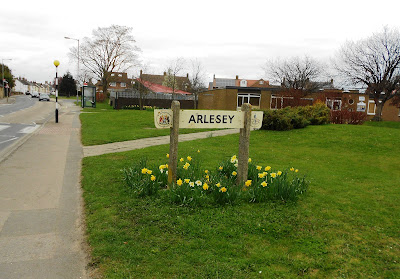Having read some tweet and blogs, the government are getting some stick over the fact that despite all the rain we are having, we will still have a drought come the summer. "The wettest drought on record" and others.
Well basic science will answer the question. Mud, when dried out becomes hard and compacted, (try digging the garden.) In the old days, and even now in some area's; path's even huts where made out of compacted mud allowed to dry out; when it rained the water would then roll off and away.
That is what is happening now, our ground has become compacted, due to lack of consistent rainfall, so a drought has been declared for the summer month's. Any rain we have now, even a downfall will just cause flooding, and then dry away, when the sun comes out.
Now the science bit, take a wet sponge, put it in a dry hot place, (airing cupboard etc) till it becomes rock hard, rummage a round in the bathroom you may find some. Then take the hard sponge and a soft damp sponge rung out, put them in two bowls of equal size, then add your 'flood water'. The results, the dry sponge, will need less water as it will slide off and fill the bowl, the damp sponge will soak up the water, and it will be stored in the sponge, until you squeeze it out. I remember doing that in science class at about 8-10 years of age, and doing with the kids. Have a go and have some fun. I am going away for a few days with Kevin, to visit family, and to get wet. bye for now.















